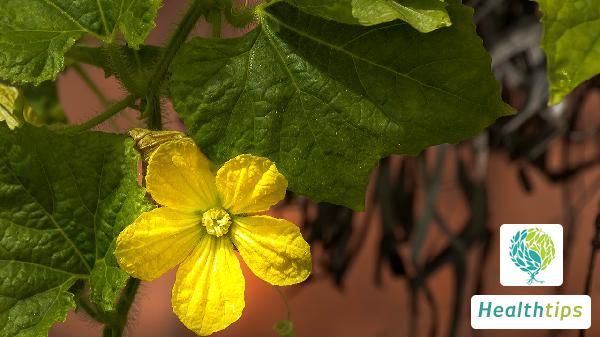What are the clinical manifestations of the inflammatory infiltration stage?
The inflammatory infiltration stage mainly refers to the inflammatory manifestations of wounds, which usually manifest as redness, heat, swelling, and pain. When these symptoms are observed, it is important to take them seriously and handle them promptly. Especially when there are wounds on the body, it is also important to pay attention to the wound treatment and perform disinfection and anti-inflammatory work. If the wound is large and severe, it is necessary to go to the hospital for treatment. Common symptoms of inflammatory infiltration include redness, swelling, and heat at the wound site, and often there may also be symptoms such as exudate and breakdown, especially when the wound is not properly treated. These inflammatory infections can easily occur, not only affecting the healing of the wound but also inducing other adverse problems. Therefore, special attention should be paid to the local treatment of the wound.

When treating inflammatory infiltration wounds with medication, it is important to use them under the guidance of a doctor. Effective methods to promote the absorption of inflammation, treat wounds with medication, and apply external herbal medicine to the wound are commonly used. Only through active dressing changes and treatment can the wound heal as soon as possible, eliminate inflammation quickly, and reduce adverse effects.



















